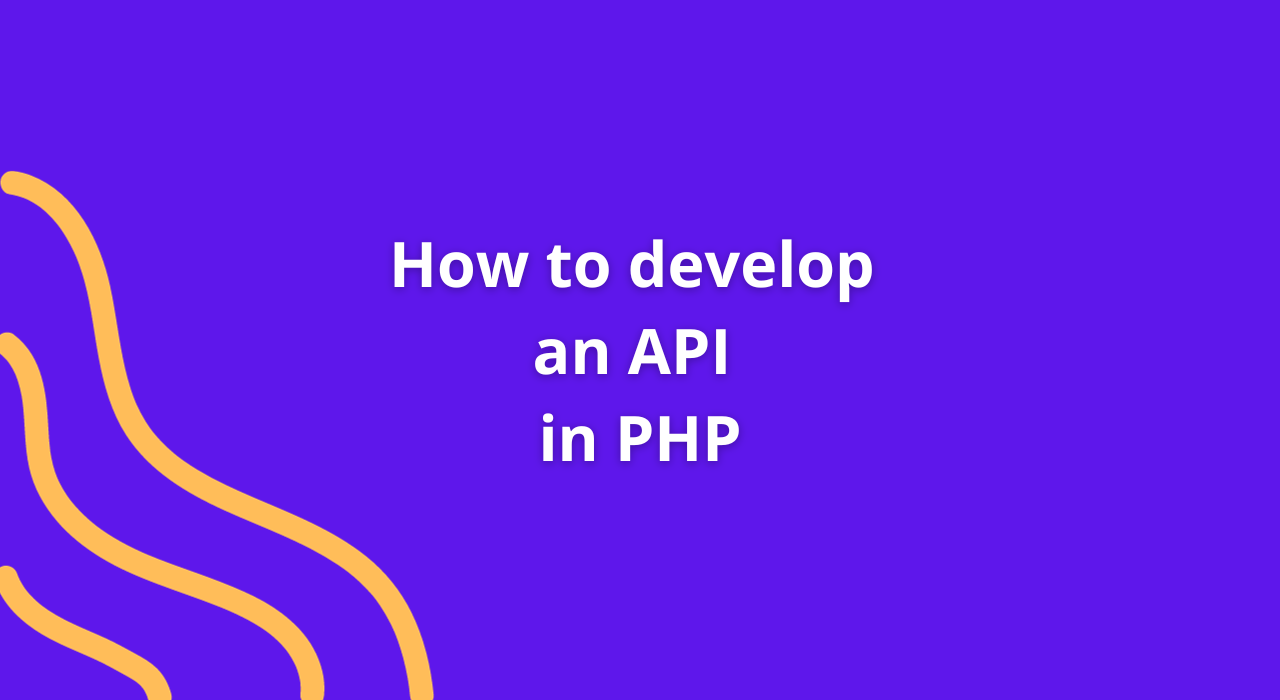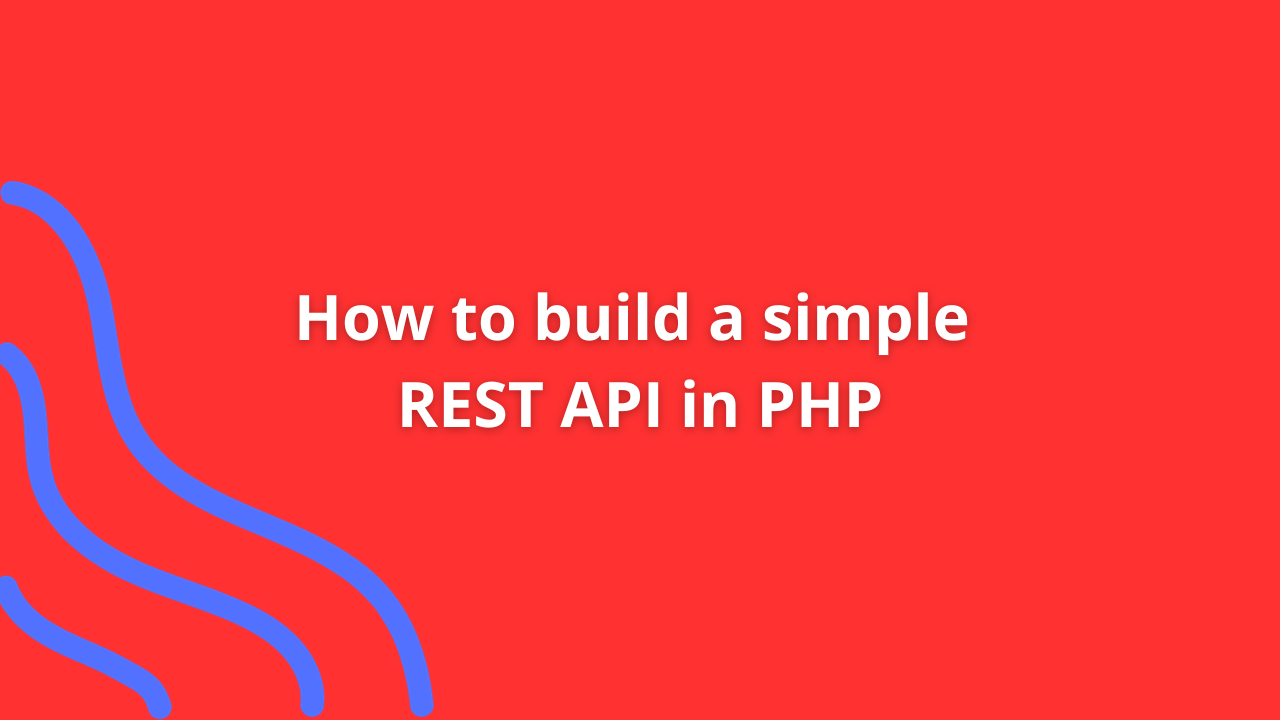How to develop an API in PHP

Creating an API (Application Programming Interface) in PHP allows you to expose endpoints that other applications can use to interact with your web services. Let’s dive into the steps to develop a basic API in PHP.
Prerequisites
Ensure you have the following installed:
- PHP: Installed on your local machine or server
- A Web Server: Apache, Nginx, or any server that supports PHP
Setting Up Your Project
1. Create a Directory Structure
Start by creating a directory structure for your API project:
mkdir my-api
cd my-api2. Create PHP Files
Create PHP files for your API endpoints. For example:
touch index.php
touch users.phpImplementing API Endpoints
1. Using index.php as the Entry Point
Set up index.php as the entry point for your API. This file will handle incoming requests and route them to the appropriate endpoint:
<?php
// index.php - Entry point
$request = $_SERVER['REQUEST_URI'];
switch ($request) {
case '/users':
include 'users.php';
break;
// Add more cases for other endpoints
default:
http_response_code(404);
echo json_encode(['error' => 'Endpoint not found']);
break;
}2. Creating Endpoint Logic in users.php
In users.php, define the logic for the /users endpoint. For instance, returning a list of users as JSON:
<?php
// users.php - Endpoint for /users
$users = [
['id' => 1, 'name' => 'John Doe'],
['id' => 2, 'name' => 'Jane Smith'],
// Add more users as needed
];
header('Content-Type: application/json');
echo json_encode($users);Testing Your API
1. Running a Local Server
Run a local server using PHP’s built-in server:
php -S localhost:80002. Accessing Endpoints
Navigate to http://localhost:8000/users in your browser or use tools like Postman to send GET requests to http://localhost:8000/users and receive JSON responses containing the list of users.
Conclusion
Developing an API in PHP involves creating PHP files that define endpoints and handle incoming requests by providing appropriate responses. This basic example demonstrates the structure and logic for a simple API, but APIs can have various functionalities like authentication, CRUD operations, and more.
Expand upon this foundation by adding authentication, handling different request methods (POST, PUT, DELETE), connecting to databases, or incorporating other functionalities based on your application’s requirements.
Happy building with PHP and creating powerful APIs! 🚀✨










